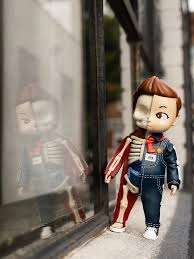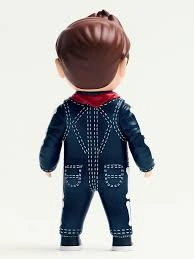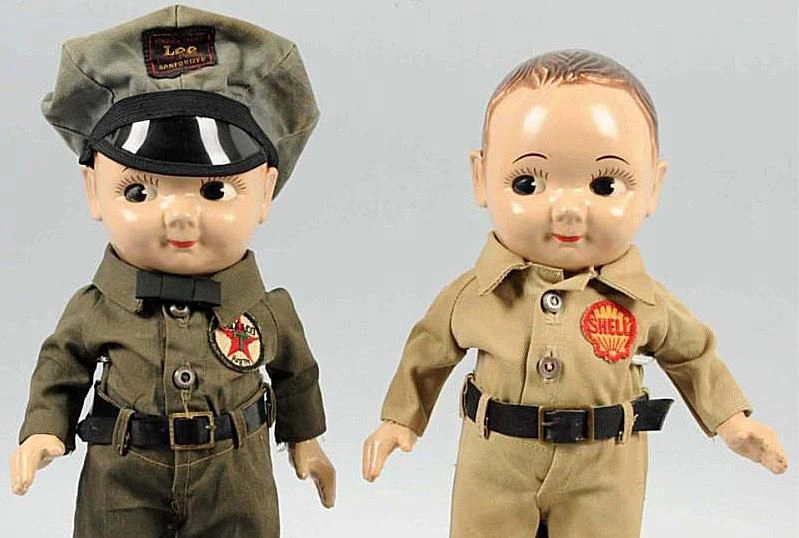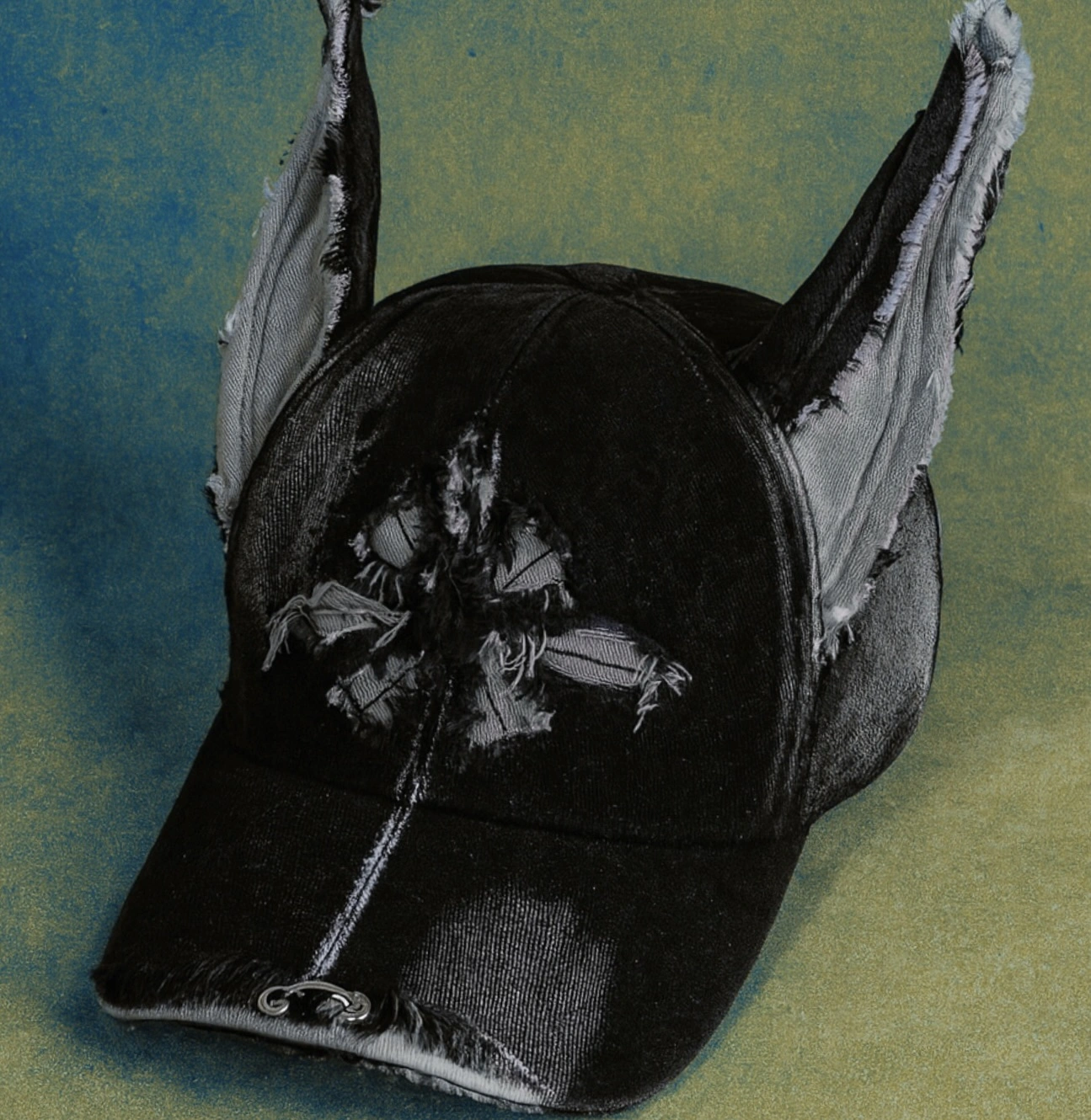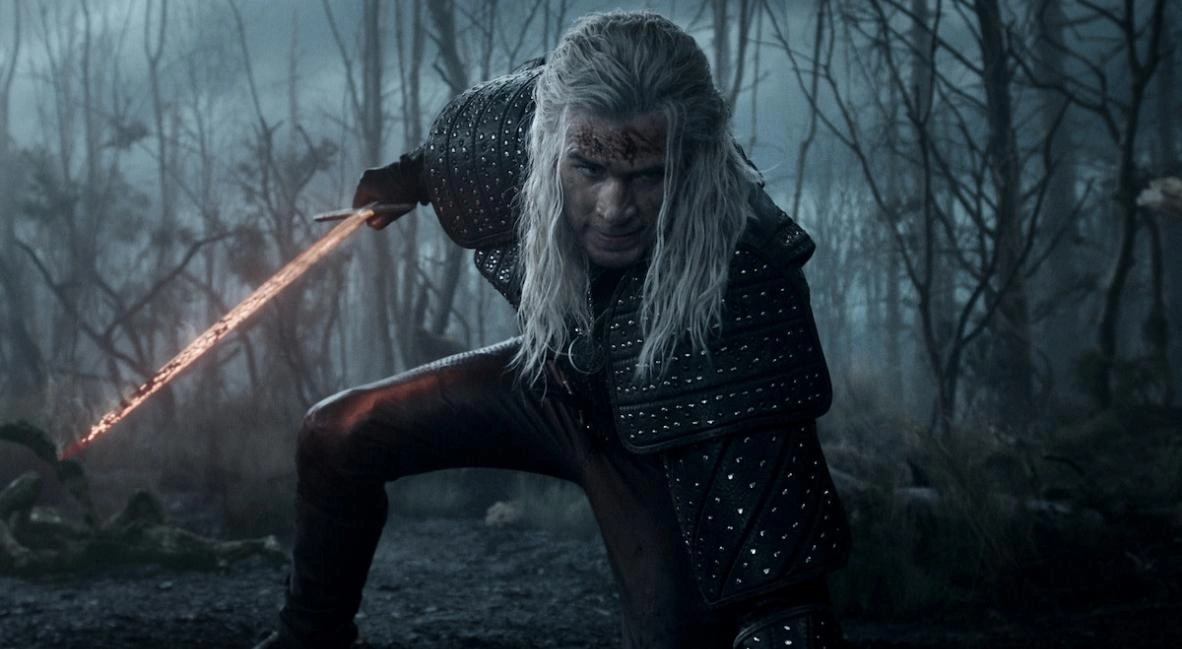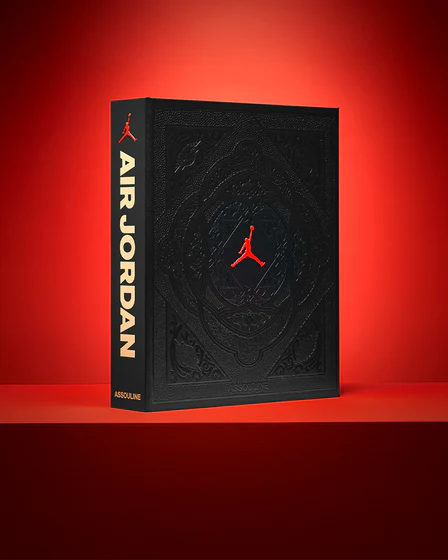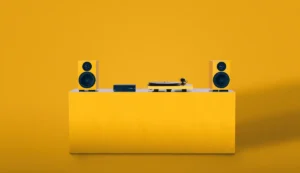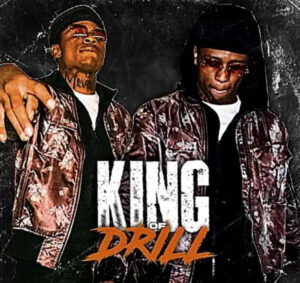icon
Few brand mascots in American history have aged as gracefully as Buddy Lee. First introduced in 1920 as a marketing tool for Lee’s overalls, the diminutive, dapper figure evolved from a department-store mannequin to a full-fledged cultural emblem. His porcelain face, molded smile, and pint-sized workwear uniform embodied the optimism of early 20th-century American craftsmanship — durable, trustworthy, and friendly.
Over a century later, Lee™ partners with Singapore’s art-toy innovators Mighty Jaxx to give Buddy Lee a new form in XXRAY PLUS: Buddy Lee, a collectible that slices nostalgia open — literally — to reveal the icon’s anatomy, ethos, and enduring appeal. Paired with a limited-edition capsule collection, the collaboration bridges collectible culture and workwear heritage with astonishing precision.
flow
To understand the project’s power, one must first understand the XXRAY concept. The series, created by artist Jason Freeny, reinterprets pop icons through a semi-transparent dissection — half surface, half skeleton. These works are not meant to disturb but to illuminate: they ask what’s inside our icons, what stories their insides tell.
Applying that method to Buddy Lee transforms the mascot from nostalgic relic to anatomical curiosity — part toy, part art object, part cultural x-ray. The vinyl figure stands eight inches tall, one half faithfully recreating Buddy’s denim jacket, khaki trousers, and trademark hat; the other half revealing a sculpted skeletal interior.
The result is both charming and eerie — a playful memento mori of industrial America, a commentary on what remains when the myth of durability is laid bare. The XXRAY PLUS series thrives on this dialectic: innocence and exposure, nostalgia and critique.
View this post on Instagram
capsule
To accompany the collectible, Lee™ has issued a matching capsule collection that reinterprets Buddy Lee’s century-old uniform for the modern wearer. While the figure itself is a work of art, the capsule translates that artistry into material design.
Core pieces include a washed-canvas chore jacket with subtle XXRAY patch detailing, a graphic tee featuring Freeny’s anatomical half-face of Buddy, and a denim tote embossed with dual logos. In true Lee™ tradition, stitching and fit are meticulously considered — the capsule reads less like merch and more like a gallery of function, where every seam is a design statement.
Color palettes hover around vintage indigo, ecru, and matte gray, echoing the tonal restraint of early workwear photography. Fabric weights vary from lightweight cotton jersey to midweight twill, creating a tactile dialogue with the collectible’s vinyl gloss.
material
For Lee™, the collaboration marks a deliberate return to roots at a time when authenticity is both a commodity and a currency. The brand’s archive — stretching back through overalls, union tags, and film cameos — has long been fertile ground for designers seeking the American story. Yet this partnership doesn’t just look backward; it re-engineers nostalgia into a visual philosophy.
Mighty Jaxx and Jason Freeny have made a career out of re-contextualizing icons — from Bugs Bunny to Garfield — but Buddy Lee presents something different: a real-world mascot with a corporate yet human history. His origin was literal marketing — window displays meant to sell jeans — but over decades, he became emblematic of trust, quality, and humor.
By dissecting Buddy, Freeny reasserts that even corporate myth has a body — it can age, crack, and be seen anew. In an era of digital avatars and AI influencers, a vinyl Buddy Lee feels more human than ever.
craft
There’s harmony in how this collaboration merges toy-design precision and textile authenticity. The collectible is engineered from high-quality polystone and soft vinyl, with paint applications mimicking fabric textures — faded seams, brushed metal rivets, even the micro-grain of leather boots. It’s not realism for its own sake but an homage to the tactile qualities of workwear.
Meanwhile, the capsule extends that same fidelity: Talon-style zippers, chain-stitch embroidery, and subtly worn pocket edges that mirror the figure’s detailing. The dialogue between object and outfit makes this release unusually cohesive. Where many fashion-collectible pairings feel disconnected, this one feels orchestrated — a true conversation between material and myth.
event
Buddy Lee’s story deserves retelling. Conceived in 1920 by Lee’s sales manager Chester Reynolds, the figure first displayed miniature overalls in shop windows. Within years, Buddy became a beloved fixture across America, later starring in print ads and radio.
By mid-century, he had evolved from mannequin to marketing myth, appearing in cowboy gear, mechanic’s uniforms, and army fatigues — mirroring Lee’s expansion from workwear to lifestyle. Collectors now prize early ceramic Buddys, which can fetch thousands at auction.
But beyond price tags, Buddy symbolizes the blend of craft, storytelling, and humor that defined early American advertising. Bringing him back through Mighty Jaxx’s design-forward lens transforms him into a symbol of cross-generational creativity.
vinyl americana
The XXRAY PLUS: Buddy Lee release underscores a broader trend: the merging of heritage fashion and designer-toy culture. Over the past decade, collectible figures have become essential storytelling vehicles. Brands from Levi’s to Bearbrick have tapped into this phenomenon, but Lee’s approach stands out for its sincerity.
Rather than chasing hype, the collaboration functions as a cultural preservation act — updating a century-old mascot through modern sculpture and limited-edition craftsmanship. For collectors, it’s a bridge between two kinds of Americana: the workwear lineage that shaped blue-collar style and the pop-art experimentation that defines contemporary creative markets.
The collectible also nods to a new kind of patron: one who wears denim by day and displays vinyl by night — someone who understands that both jacket and figure are extensions of design identity.
post modernism
Jason Freeny’s interpretation situates Buddy Lee squarely within a postmodern art lineage. His signature cross-section technique recalls Damien Hirst’s anatomical curiosities or Jeff Koons’s transparency experiments, yet his tone remains approachable. The vinyl’s glossy half-shell becomes a metaphor for transparency — showing us the bones of branding, the skeleton of nostalgia.
As Warhol reimagined Campbell’s Soup, Freeny reimagines corporate icons as fine-art objects disguised as toys.XXRAY PLUS: Buddy Lee invites both critique and affection, allowing fans to admire the craftsmanship while questioning the culture that produced it.
There’s poetry in how the figure’s clean lines contrast with its hidden depth — much like denim itself, which begins stiff and unyielding but softens through wear.
impression
In a time when AI can fabricate mascots in seconds, Buddy Lee’s tangible rebirth through craftsmanship feels radical. He represents permanence in a culture addicted to iteration. Through the hands of artists like Freeny and the stewardship of brands like Lee™, he reminds us that design history isn’t static — it breathes through reinterpretation.
XXRAY PLUS: Buddy Lee stands as a symbol of that continuity — part art collectible, part cultural x-ray. It’s nostalgia re-engineered, myth dissected, denim reborn.
No comments yet.

